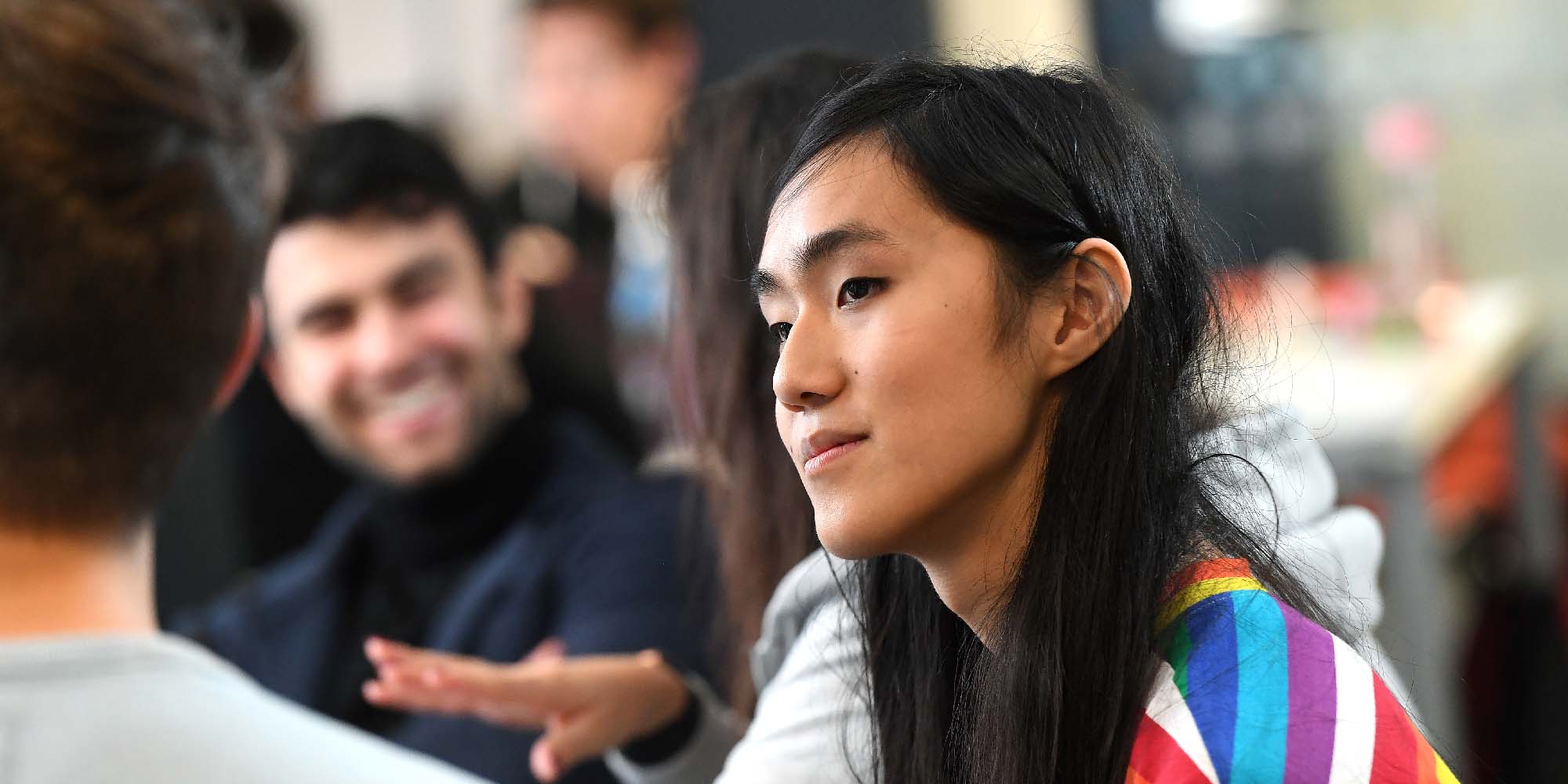Postgraduate research opportunities Sychronizable laser pulse sources for multi-photon imaging applications
ApplyKey facts
- Opens: Monday 11 March 2024
- Deadline: Sunday 30 June 2024
- Number of places: 1
- Duration: 48 months
- Funding: Home fee, Stipend
Overview
Multi-photon excitation is a tool for 3-D imaging in the life sciences. Ultrafast (femtosecond) laser are used to drive two-photon excitation of fluorescent dyes, proteins and endogenous materials. We will develop tunable repetition rate sources allowing the matching of lasers to a reference frequency to improve the imaging process and allow source synchronization to a second source. This will extend the applications of multi-photon imaging. The project is based at Coherent Scotland in Glasgow.Eligibility
As a minimum we require candidates to have a First-Class or 2:1 MPhys or MEng degree or an MSc with merit (over 60%) in a relevant area. Applicants who have a First-Class BSc/BEng (Hons) and can demonstrate significant relevant industry/research experience may also be considered.

Project Details
Multi-photon excitation is a well-established tool for three-dimensional imaging that is now widely used in life sciences, particularly in the field of neuroscience. An ultrafast (usually femtosecond) laser is focused to a small beam waist. The high peak intensity at this location, and only this location, is able to drive two-photon excitation of fluorescent dyes, proteins, and endogenous materials. By scanning this laser spot in xyz, a two-dimensional image slice or three-dimensional image cube can be built up with high signal-to-noise ratio and minimal thermal impact on live tissue.
Such ultra-short pulses of below 250 fs can be produced only by operating a laser in the mode-locked regime. These lasers operate mostly at a fixed repetition rate of 40 to 100 MHz, which is well suited for most imaging applications. The exact repetition rate is given by the individual laser oscillator. The common approach is to adapt the positioning system (scanner) to the exact laser frequency.
A source with a tunable repetition rate would allow the matching of the lasers to a reference frequency. This would ease the imaging process, and also allows the synchronization of the source to a second source (e.g. at a different wavelength). This would enable techniques like time-division multiplexing between separate laser sources, pump probe experiments or asynchronous optical sampling techniques to be used in multi-photon imaging applications.
Coherent offers a wide range of mode-locked lasers for nonlinear imaging. The project is centred around the development of a repetition rate adjustable source, which can be locked to external reference frequencies, as a base for novel 2p laser sources. The project spans from concept evaluation over optical laser development and electronic signal stabilization to implementation into concept demonstrators.
Further information
Institute of Photonics: The Institute of Photonics (IoP), part of the Department of Physics, is a centre of excellence in applications-oriented research at the University of Strathclyde. The Institute’s key objective is to bridge the gap between academic research and industrial applications and development in the area of photonics. The IoP is located in the £100M Technology and Innovation Centre on Strathclyde’s Glasgow city centre campus, at the heart of Glasgow’s Innovation District, where it is co-located with the UK’s first Fraunhofer Research Centre. Researchers at the IoP are active in a broad range of photonics fields under the areas of Photonic Devices, Advanced Lasers and Neurophotonics.
Strathclyde Physics is a member of SUPA, the Scottish Universities Physics Alliance.
The University of Strathclyde has, in recent years, been the recipient of the following awards: The Queen’s Anniversary Prizes for Higher and Further Education 2019, 2021 & 2023; Times Higher Education University of the Year 2012 & 2019; Daily Mail University of the Year 2024 Runner-Up; Daily Mail Scottish University of the Year 2024; Triple E European Entrepreneurial University of the Year 2023.
Funding details
The funding covers the full stipend and tuition fees at the home rate (not the international rate). To be classed as a home student, applicants must meet the following criteria:
- Be a UK national (meeting residency requirements), or
- Have settled status, or
- Have pre-settled status (meeting residency requirements), or
- Have indefinite leave to remain or enter.
Supervisors
Primary Supervisor: Dr Martin Engelbrecht (Coherent Supervisor)
Additional Supervisor: Professor Keith Mathieson (Academic Supervisor)
Apply
Applicants should send an up-to-date CV to iop@strath.ac.uk in the first instance.
Number of places: 1
To read how we process personal data, applicants can review our 'Privacy Notice for Student Applicants and Potential Applicants' on our Privacy notices' web page.

